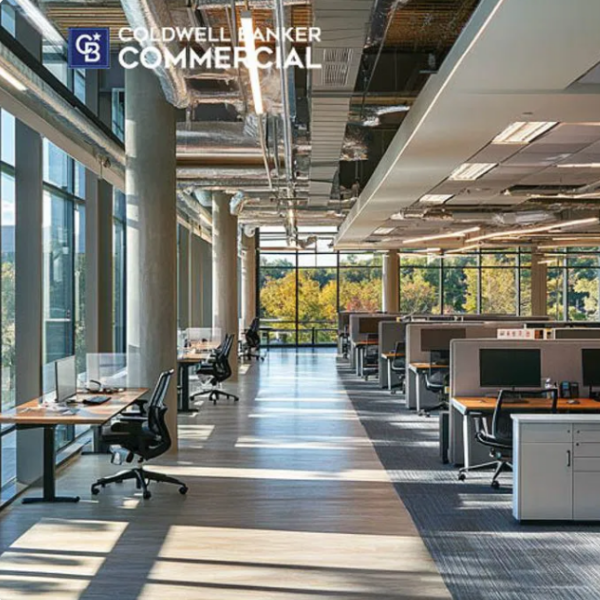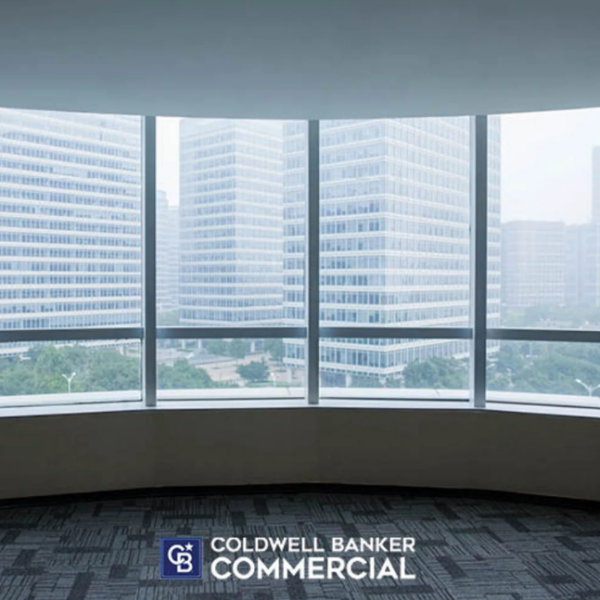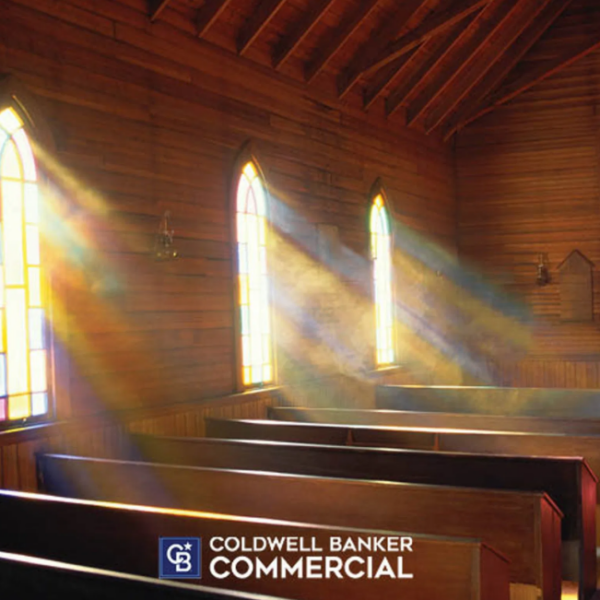Leasing, particularly in the office and industrial sectors, has experienced significant shifts in the last two years. These shifts have largely been driven by economic uncertainty, record-high rents, and macro changes in the way people shop and work.
As the market grapples with an exceptional increase in sublease space, both landlords and tenants are faced with unique challenges and opportunities, and stakeholders are compelled to explore innovative approaches and aggressive pricing to expedite leasing processes and optimize outcomes.
The Rise of Sublease Space
Up 140 basis points year-over-year, the national office vacancy rate rested at 17.9%, and several large metro areas like Chicago and San Francisco have recently set records for the amount of office sublease space that’s available, per Wealth Management.
The overabundance of sublease space is driven by various factors including shifts in remote work trends and economic uncertainties. The increase in remote work arrangements has resulted in many companies reassessing their office space needs, leading to a surplus of available space for sublease. This significant oversupply has compelled sublessors to adopt assertive pricing strategies.
On the industrial side, the amount of U.S. warehouse space listed for sublease reached a record high of more than 156 million square feet in the fourth quarter of 2023, more than three times the amount available in the fourth quarter of 2021, as reported by The Wall Street Journal.
Implications for the Market
The influx of sublease space has had significant implications for both landlords and tenants across the office and industrial sectors. In the industrial market, the widening gap between direct and sublease transactions highlights the evolving dynamics of leasing agreements. While average starting rents for direct leases have seen steady growth, sublease rents have also experienced an upward trajectory, albeit at a slightly slower pace.
Conversely, the office sector has seen a reversal in the typical relationship between direct and sublease rents. Historically, direct leases commanded higher starting rents compared to subleases. However, recent trends indicate that sublease rents have surpassed those of direct leases in certain markets, reflecting the increased competition and oversupply of office space.
Strategies for Landlords
This oversupply has created a competitive leasing environment, prompting landlords and tenants alike to explore innovative strategies to expedite the leasing process. For sublessors in the office sector, being particularly aggressive with the pricing strategy is essential given the persistent high vacancy rates.
The office sector is experiencing a notable flight to quality. Making upgrades, adding amenities or aesthetic improvements can significantly enhance the appeal of an office space, making it more appealing to potential tenants.
Flexibility is becoming increasingly important for tenants, especially in uncertain economic times. Offering flexible lease terms such as shorter lease lengths, subleasing options, or built-in expansion clauses to accommodate the evolving needs of tenants. This could also include incentives such as rent concessions or tenant improvement allowances.
Embracing Innovation for Optimal Outcomes
In navigating the rise in sublease space across office and industrial sectors, embracing innovation and strategic foresight are imperative for optimal outcomes. By adopting proactive marketing strategies, offering flexible lease terms, fostering collaborative partnerships, and exploring buy-out options, stakeholders can effectively navigate the sublease maze and capitalize on emerging opportunities.








